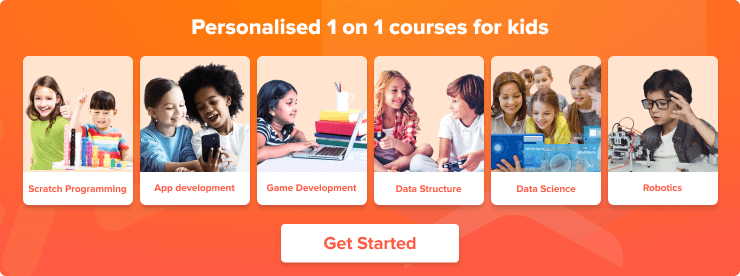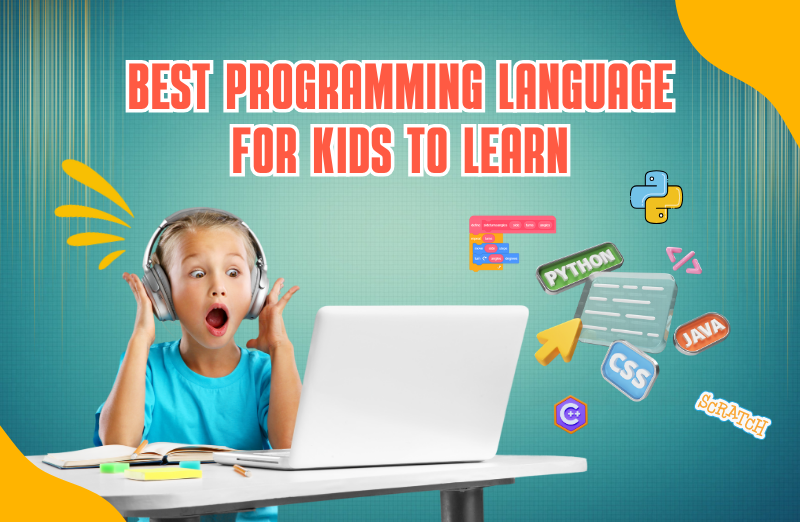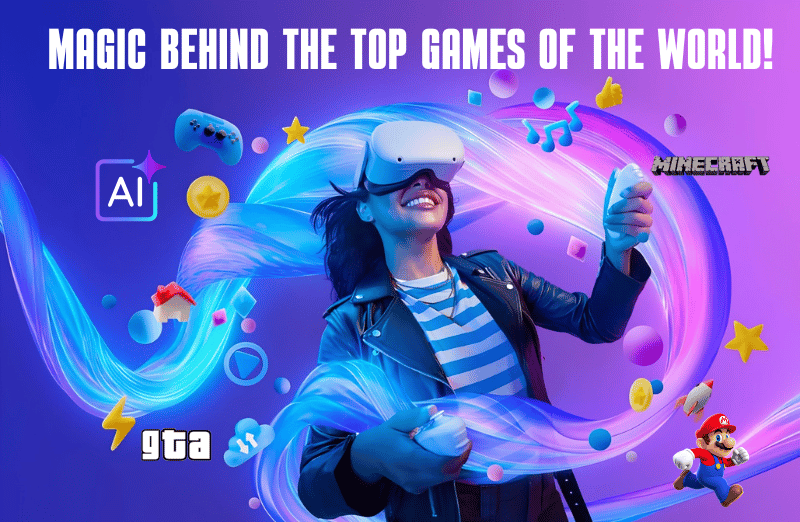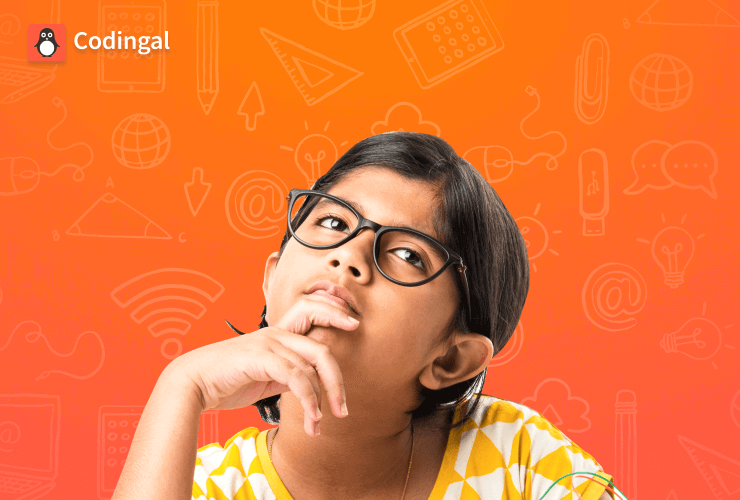In today’s technology-driven world, learning to code is essential. It empowers children to become creators, fostering creativity, problem-solving, and critical thinking—skills invaluable for life. With many programming languages available, choosing the right one for a child can be overwhelming. The best language depends on their age, interests, and learning style. This guide explores top programming languages for kids, detailing their benefits, ideal age groups, and why they’re excellent choices for young innovators. We’ll provide a clear roadmap for parents navigating this exciting educational landscape.
The Foundation: Visual Block-Based Programming (Ages 5-9)
For young learners, text-based coding can be challenging. Visual, block-based programming languages remove syntax complexities, allowing children to focus on logic and creativity. By snapping together colorful, command-based blocks, like digital LEGOs, kids build programs intuitively and see immediate results.
1. Scratch: The Gold Standard for Young Coders
Developed by the MIT Media Lab, Scratch is the most popular visual programming language for kids globally. It’s a vibrant, intuitive platform where children create interactive stories, games, and animations. By dragging and dropping code blocks, they learn fundamental programming concepts like sequencing, loops, and conditionals in a playful environment. Scratch’s visual nature makes it incredibly accessible, turning abstract programming ideas into tangible outcomes.
- Why it’s great: Scratch’s visual nature provides immediate, motivating feedback. When a child snaps a move 10 steps block to a character (Sprite), they instantly see the result. This direct cause-and-effect relationship makes abstract concepts concrete and reinforces learning. The drag-and-drop interface eliminates syntax errors, allowing children to focus on logical flow and creative expression.
- What they can create: Possibilities are vast, from simple animations and interactive greeting cards to complex games with multiple levels and scoring systems. They can design their own characters and backgrounds, fostering artistic skills alongside coding.
- The takeaway: Scratch is a creative toolkit that empowers young minds. It builds a strong foundation in computational thinking and problem-solving, making the eventual transition to text-based languages smoother. It’s the ideal first step into coding, fostering a love for creation through technology.

2. Blockly: The Power Behind the Scenes
Blockly is another visual programming language using interlocking blocks, often used as the underlying framework for educational tools like Code.org’s Hour of Code and robotics kits. A powerful feature is its ability to show corresponding text-based code (JavaScript or Python) alongside visual blocks, making it an excellent transitional tool.
- Why it’s great: Blockly acts as a crucial bridge between purely visual programming and text-based coding. As children become more confident with blocks, they observe how their visual creations translate into professional syntax. This gradual exposure demystifies text-based coding.
- What they can create: Integrated into many platforms, children use Blockly to solve puzzles, create simple apps, program robot behavior, and control virtual simulations. Its versatility opens doors to various technological explorations.
- The takeaway: Blockly is a versatile tool that teaches core coding logic and subtly introduces text-based language structures, preparing children for the next step without overwhelming them.
The Transition: Text-Based Programming (Ages 10 and Up)
Once a child grasps programming fundamentals from visual languages, they’re ready for text-based coding. This phase involves learning precise syntax, structure, and conventions of real-world languages, unlocking significantly more power and flexibility.
3. Python: The Versatile and Beginner-Friendly Powerhouse
Python is consistently ranked as one of the best first text-based programming languages for beginners. Its clean, readable syntax resembles plain English, making it less intimidating for young learners. Python is incredibly versatile, used in web development, data science, artificial intelligence, and game development. Its broad applicability makes it a highly valuable skill.
- Why it’s great: Python’s simplicity allows children to focus on logic and problem-solving rather than complex syntax. Its vast libraries (like Pygame for games, Turtle for graphics, or basic AI libraries) mean kids build exciting projects quickly, maintaining motivation.
- What they can create: Kids can build diverse projects: simple text-based games, interactive quizzes, basic command-line tools, foundational web applications, data analysis, and even take first steps into AI and machine learning by training simple models.
- The takeaway: Learning Python is a fantastic investment. It’s easy to learn yet powerful, providing highly valued skills across numerous industries. It serves as an excellent gateway to more advanced programming concepts and specialized fields.
4. JavaScript: The Language of the Web
If your child is fascinated by interactive websites—animations, clickable buttons, real-time updates—then JavaScript is perfect. It powers the modern web, responsible for everything from interactive forms and animated graphics to complex web applications. It makes websites come alive and respond to user actions.
- Why it’s great: JavaScript provides immediate visual feedback. Kids write code and instantly see results in their web browser, which is rewarding. It’s also the natural next step after HTML (structure) and CSS (style), completing the essential trifecta of front-end web development. This combination allows them to build complete, interactive web experiences.
- What they can create: With JavaScript, kids can build highly interactive websites, engaging browser-based games, simple web applications, add dynamic content, and control animations and visual effects. They can make buttons change color, images slide, and forms validate user input.
- The takeaway: In today’s web-centric world, JavaScript is indispensable. It teaches core programming fundamentals and provides a direct path to creating tangible, shareable, and visually appealing projects accessible to anyone with a web browser.
For the Aspiring Game Developer: Specialized Languages
Many children are drawn to coding to build video games. While general-purpose languages like Python and JavaScript can be used, specialized languages and platforms are more powerful and efficient for this purpose, offering deeper integration with game engines.
5. Lua: The Language of Roblox
If your child loves Roblox, learning Lua is a motivating and practical choice. Lua is the scripting language used within Roblox Studio, allowing users to design, build, and publish custom games and experiences within the Roblox metaverse. It’s a lightweight, fast, and relatively easy-to-learn language, highly accessible for young game developers.
- Why it’s great: Learning Lua lets children create within a world they know and love. This intrinsic motivation is a powerful learning driver, as they see code translate into tangible changes in their favorite game environment. They can share their Roblox games with millions, receiving instant feedback and recognition.
- What they can create: With Lua and Roblox Studio, kids design and build complete 3D games, from challenging obstacle courses to adventure games. They can script character movements, create interactive objects, manage game logic, and even implement monetization features.
- The takeaway: Lua provides a fun pathway into game development, teaching core programming concepts in a highly motivating and creative environment. It offers a direct route from coding to playable, shareable game experiences, fostering both technical skills and entrepreneurial thinking.
6. C#: The Power Behind Unity
For older or more advanced learners serious about game development, C# (C-sharp) is the language. C# is the primary programming language used in Unity, one of the most popular and powerful game engines, responsible for creating professional games for PC, consoles, mobile devices, and VR experiences.
- Why it’s great: While C# is more complex and has a steeper learning curve than Python or Lua, it introduces advanced programming concepts like object-oriented programming, data structures, and algorithms in a visual, interactive context. The Unity editor provides a comprehensive playground for experimenting with game mechanics, physics, 3D graphics, and complex game logic. Learning C# within Unity offers a holistic understanding of game development.
- What they can create: With C# and Unity, kids can build sophisticated 2D and 3D games with professional-level graphics, realistic physics, intricate gameplay mechanics, and engaging user interfaces. They can develop everything from platformers and puzzle games to racing simulations and role-playing games.
- The takeaway: Learning C# and Unity is a significant step towards a potential career in game development or software engineering. It’s a challenging but incredibly rewarding path for dedicated young coders ready to tackle complex programming paradigms and build immersive digital worlds.
Conclusion: Choosing the Right Path for Your Child
The best programming language for your child sparks their curiosity, aligns with their interests, and provides a positive, empowering learning experience. For younger children, Scratch is the champion, offering a gentle yet powerful introduction to computational thinking. As they grow, Python’s readability and versatility make it an excellent first text-based language, while JavaScript’s interactivity and web-centric nature are perfect for aspiring web developers.
For the passionate gamer, creating within Roblox using Lua offers immediate gratification and a familiar environment, while building professional-level games with C# and Unity can be incredibly motivating. Remember, the goal is not just to teach a language, but to cultivate a problem-solving mindset and a lifelong love for learning and creation.
The journey of learning to code is a marathon, not a sprint. It’s about building foundational skills, fostering creativity, and developing resilience. The key is to start with a language that builds confidence and fosters a genuine love for learning, allowing them to explore and grow at their own pace. Each language discussed here offers a unique entry point and a distinct set of skills, catering to different interests and developmental stages.
At Codingal, we understand that every child’s learning journey is unique. Our expert instructors guide students through this exciting world, providing personalized attention and a structured curriculum that makes learning to code fun and effective. Whether your child is taking their first steps with Scratch, delving into Python, or dreaming of building the next big game, we are here to support them every step of the way, ensuring they develop not just coding skills, but also the confidence and critical thinking abilities to thrive in a technology-driven future.
Ready to unlock your child’s potential? Book a free trial class with Codingal today and discover the perfect programming language to ignite their passion for creation!













